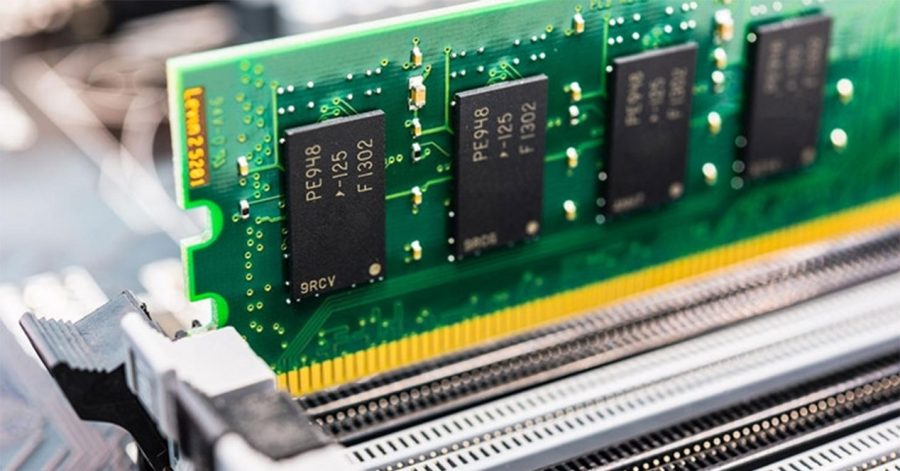On March 30, JEDEC announced the standards for DDR5 RAM and NVDIMM were already under development. The group is giving the final touches and will publish the results in 2018 so that manufacturers can start making the next generation of memories. But, what about the cost?
Let’s begin with what we know. JEDEC said the new memories would have two times more bandwidth and density than DDR4 RAM. The organization also promised a friendlier interface which is good news for IT guys.
DDR5 RAM sticks will perform better and manage energy in a smarter way, and that’s it. The group said they would give more information at JEDEC’s Server Forum event in Santa Clara. The date is June 19, a Monday, and it all begins with a continental breakfast at 8:30 A.M.
JEDEC is also working on the standards for NVDIMM
DDR5 RAM is popular among average consumers, but for the guys at DeepMind and similar organizations, there is something special too.
Non-Volatile Dual-in-Lane Memory Module (NVDIMM) is a new type of memory that does not dump all the information in case of an emergency shutdown or power failure. It sounds, and is, very technical, but basically, this tech enhances AI and Machine Learning greatly, among other things.
Let’s talk about the expected cost
Tech companies tend to rise the prices of the market, and this year has not been different. CES 2017 bumped the “budget” bar a couple of tiles with a series of features that are not really consumer oriented. However, there was a notable exception this month.
On March 2, AMD launched the first model of the Ryzen family. The octa-core processor outperforms all the other chips in the market, and equally important, it is also cheaper than “similar” options. So, DDR5 RAM could repeat the feat and offer more power at a lower cost.
We could use NVDIMM to speculate about the price too. Currently, there are two types of this memories, the NVDIMM-F and NVDIMM-N. They are a little more expensive because they need extra hardware to store the information in case of an emergency, like a NAND flash and an internal backup power source.
They are a little more expensive because they need extra hardware to store the information in case of an emergency, like a NAND flash and an internal backup power source. However, JEDEC is working on the standards for NVDIMM-P which means nothing is written in stone yet. Ultimately, the price will vary depending on the brand, model, and other aspects.
What are Open Standards?
Open Standards are a series of rules manufacturers follow. The idea is to prevent compatibility problems and assure everybody plays ball which explains why things like RAM sticks and hard drives are so universal.
A committee of experts from each area decide the parameters everybody will follow for a determined period. JEDEC, for example, is the group that sets the tone for microelectronics. In 2012, they issued the standards for DDR4 RAM.
Source: JEDEC


